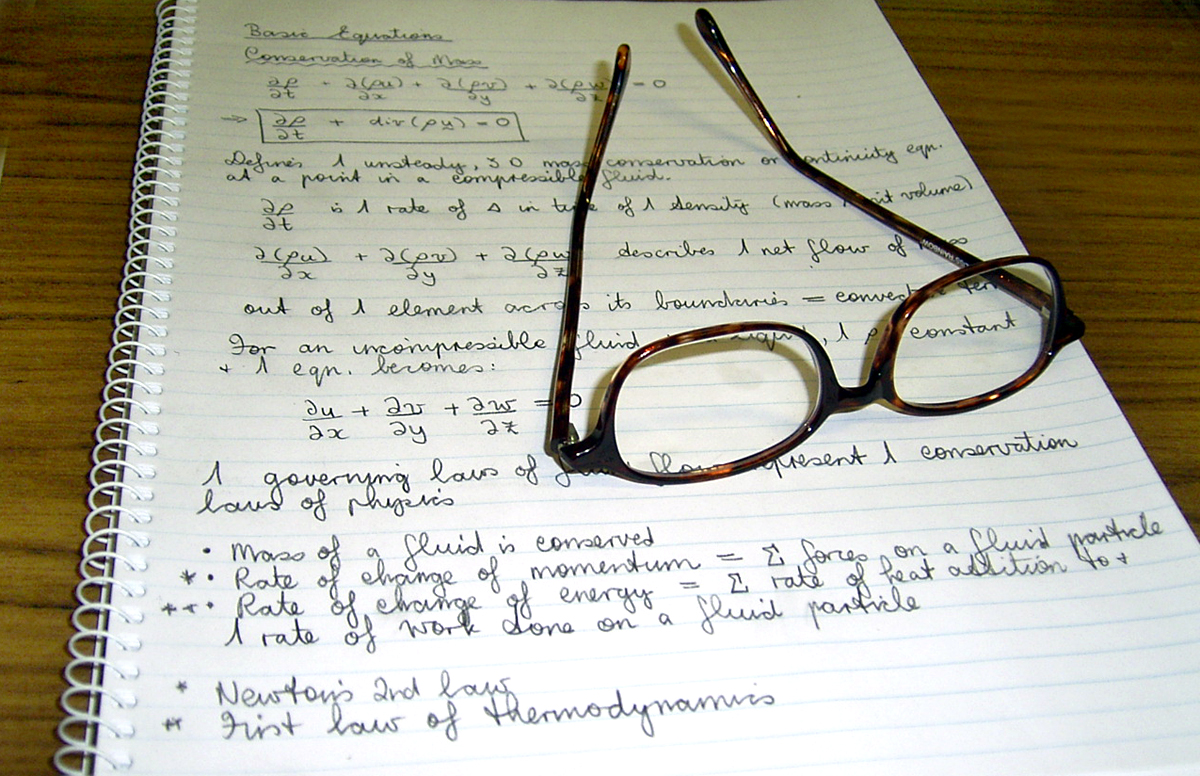Showing Up for the First Test
When I was in college, I was struck with massive migraine on the day of an important class final. As I picked up my pen, the words on the page moved before my eyes as I tried to write. I brought this to the attention of the professor, who moved me into his office for the “lovely” experience.
I have to say I must have done dismally — at least not stellar — on that written exam. But I still Aced the class.
The most important test in that class was the first one, not the final. That was when the professor decided whether I was intelligent, whether I was a serious student, invested in learning. That first test left an indelible impression about who I am.
From that day forward, I always studied hardest for the first test in every class.
Halo or Horns
It’s called the “halo effect.” It’s a cognitive bias we all have toward what we decide from the start. Interviewers and clients, customers, … all of us … decide almost immediately from an initial trait or perception whether something is “good” or “bad.”
Research abounds on the topic … Wikipedia describes it well.
Physically attractive people are perceived to have an array of attractive qualities.
A bracelet in a Tiffany catalogue is perceived as more valuable than one in craft shop.
We make those assumptions in seconds on as little as a single trait generalized over an entire subject area. It makes sense in sorting the world on a global scale, but is error ridden in the specific instance.
The problem is that one we decide, we support our instant diagnosis by interpretting information in favor of our bias. We even work toward proving the premise. We’ll give the attractive person benefit for great qualities we’ve never seen or experienced. We’ll ask the “less impressive” interview candidate harder questions and be more critical of the answers. We’ll underscore the reasons that a craft jeweler can’t produce Tiffany quality.
If we love you, your faux pas was an accident. If we don’t, it was surely evil intent.
According to the research, even when we know that we’re biased by our first impressions and perceptions, we still can’t stop our halo effect response. It shows up in
- brands we buy
- candidates we hire
- friends we defend
- music we like
- people we admire
- politicians we elect
- social media platforms we stay with
- the insults we perceive or forgive
- the causes we support
And Byron Kalies of training zone made a pointed out a fundamental flaw in this characteristic of human perception. .
It seems sensible and strikes a chord with us because we’ve all done it. We’ve all made an instant decision and found out it was true in the face of all the evidence. However, I wonder how often we’ve made an instant decision and found it to be wrong? I guess we don’t remember those occasions. There’s a phrase for this in psychological jargon – ‘bottom drawer evidence’. This concerns the mass of evidence gathered that doesn’t fit the theory and is conveniently hidden in the bottom drawer.
It takes serious energy and time to reverse thinking like that. Makes more sense to get the first minutes right. Invest, relate, and establish credibility that lasts.
Halo or horns. No person or product is all good or all bad. Yet the product lesson is clear. The “halo effect” makes fiercely loyal fans who evangelize and argue for the validity of their perceptions.
Got a good example of the halo effect in your life?
–ME “Liz” Strauss
Work with Liz!!
